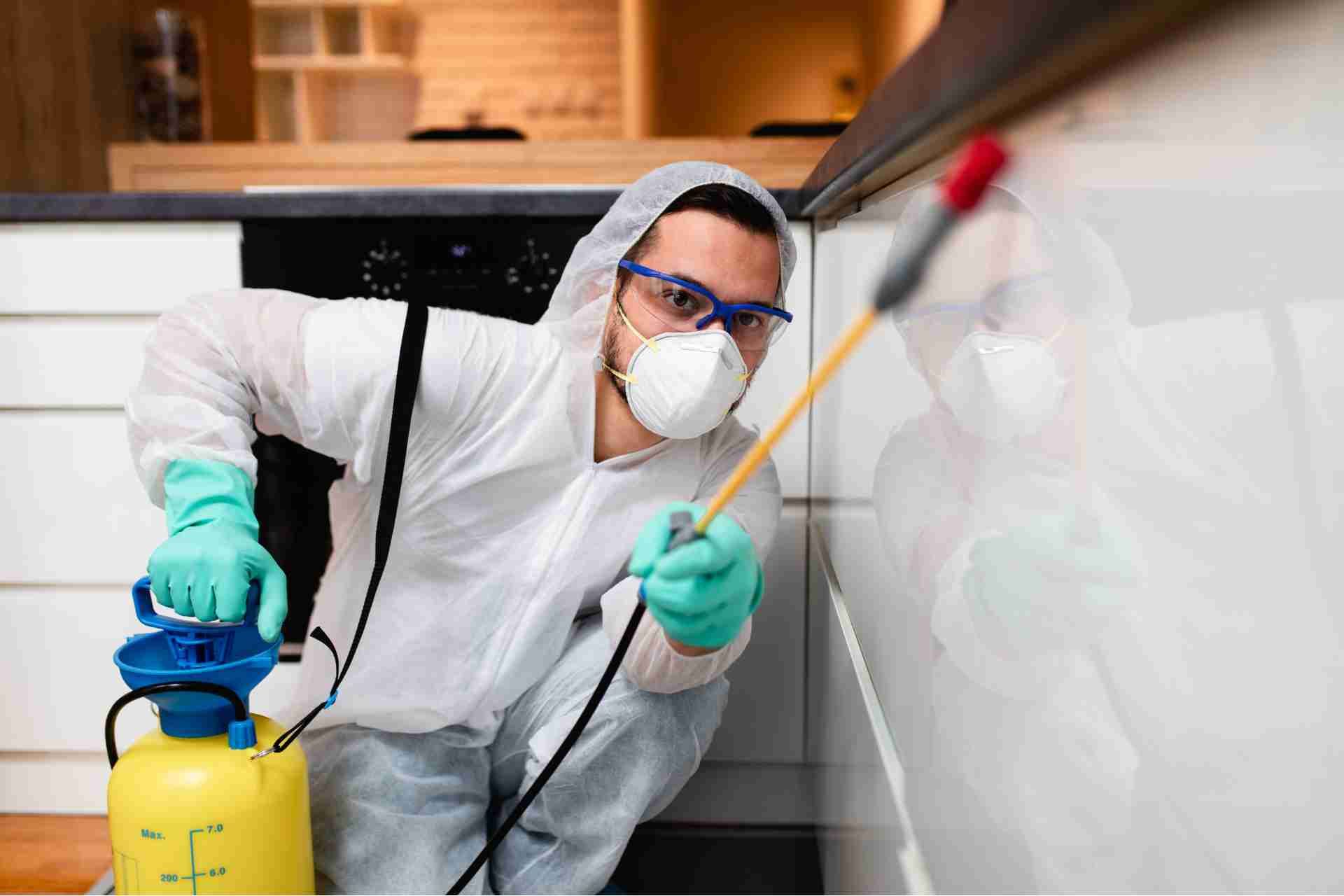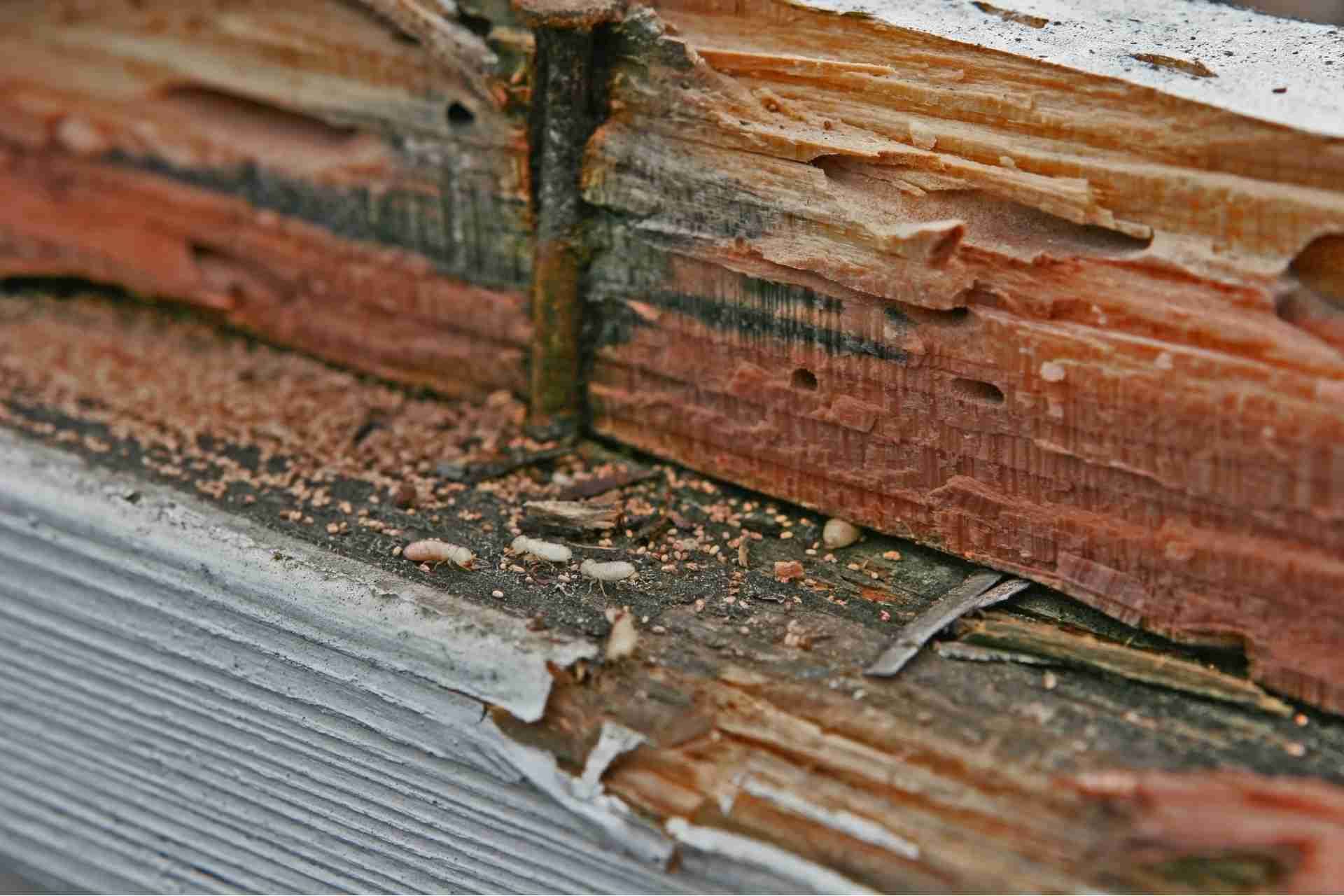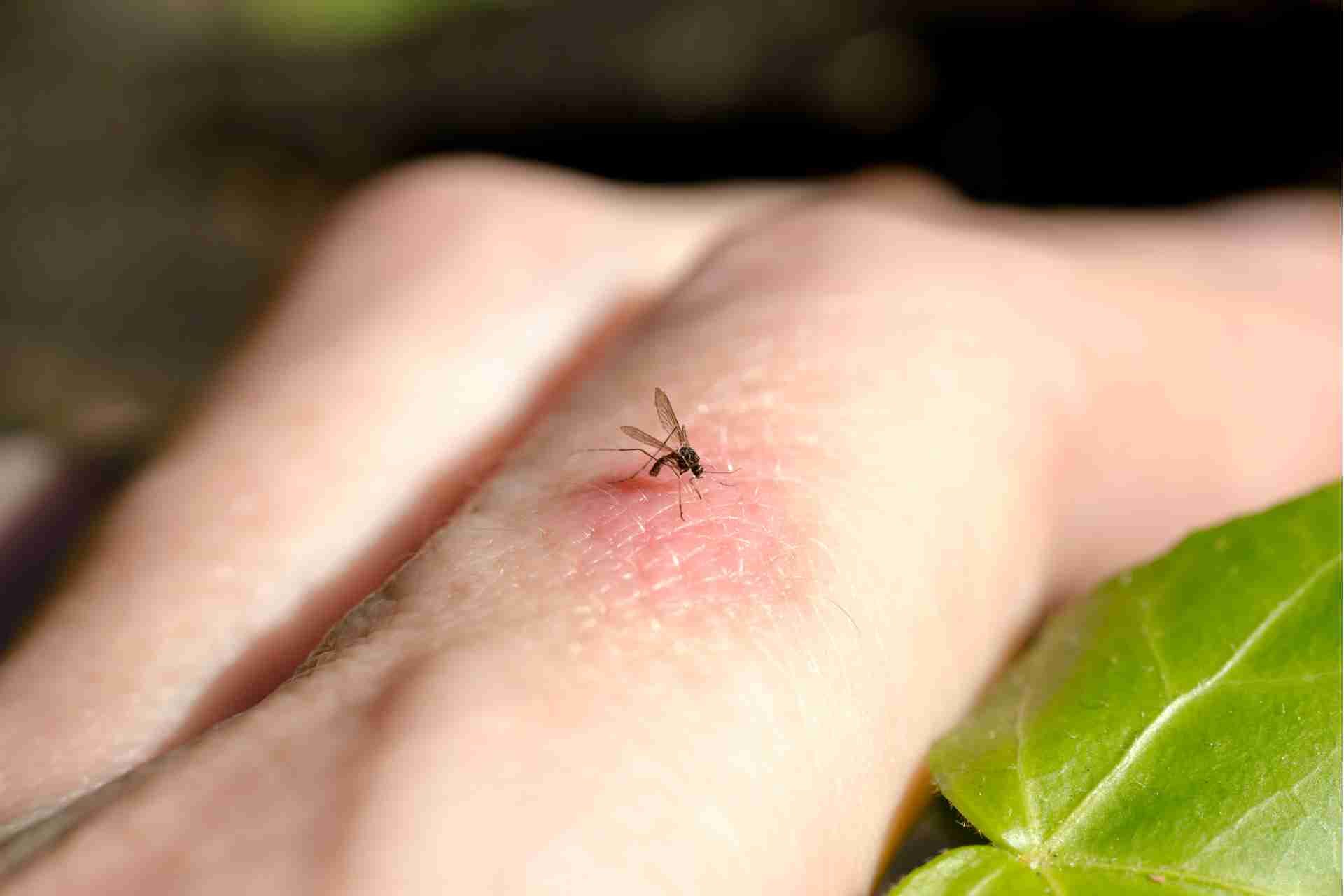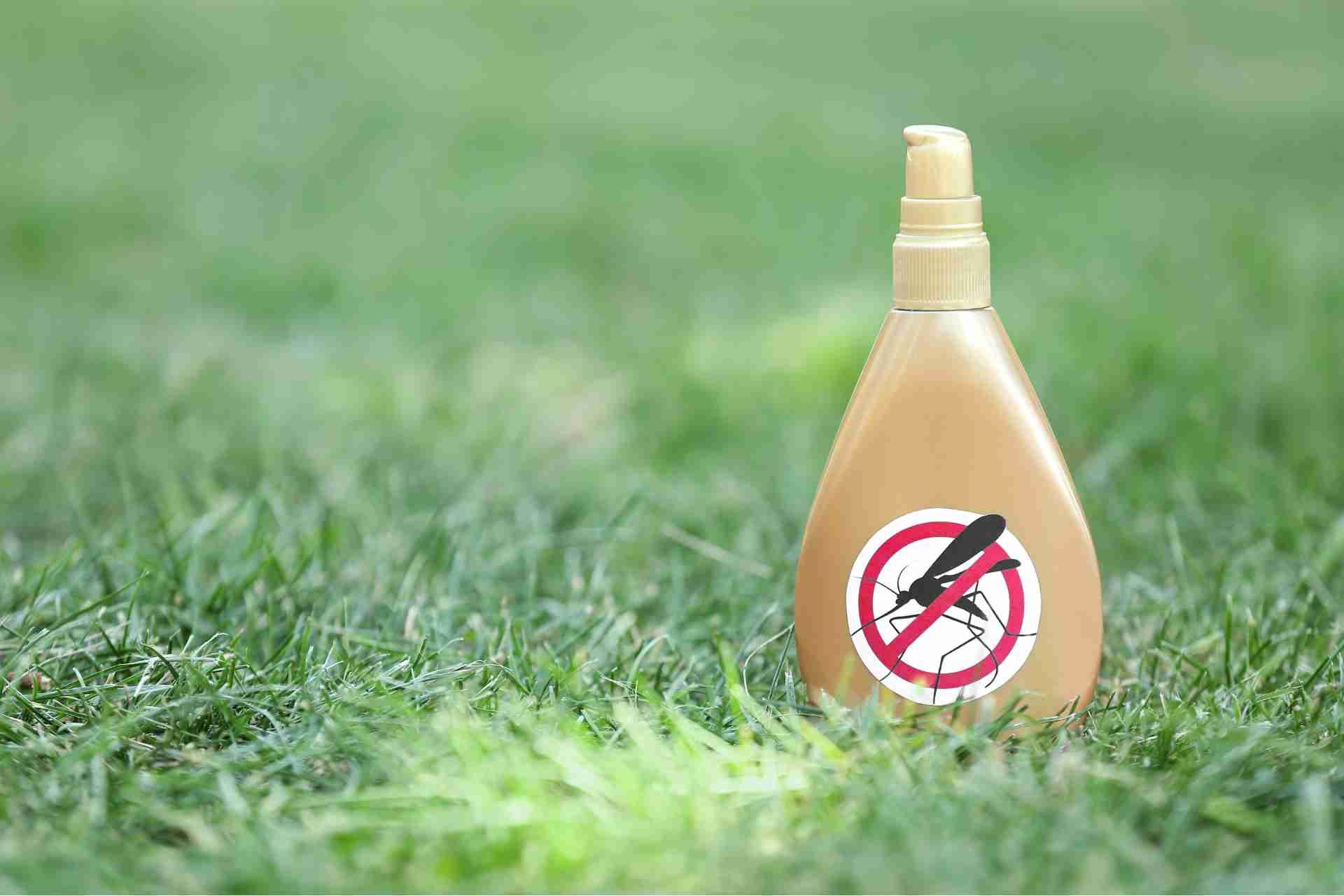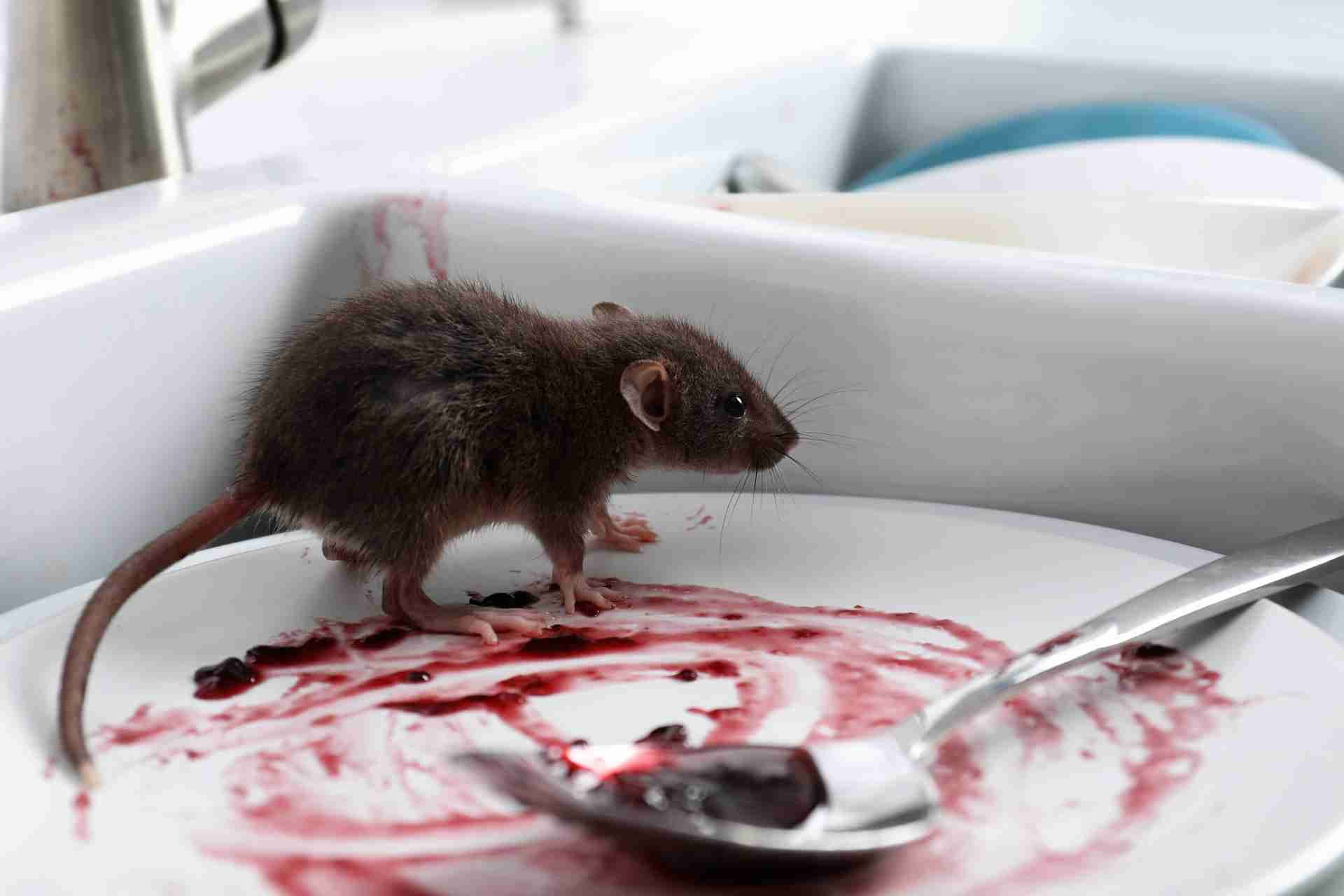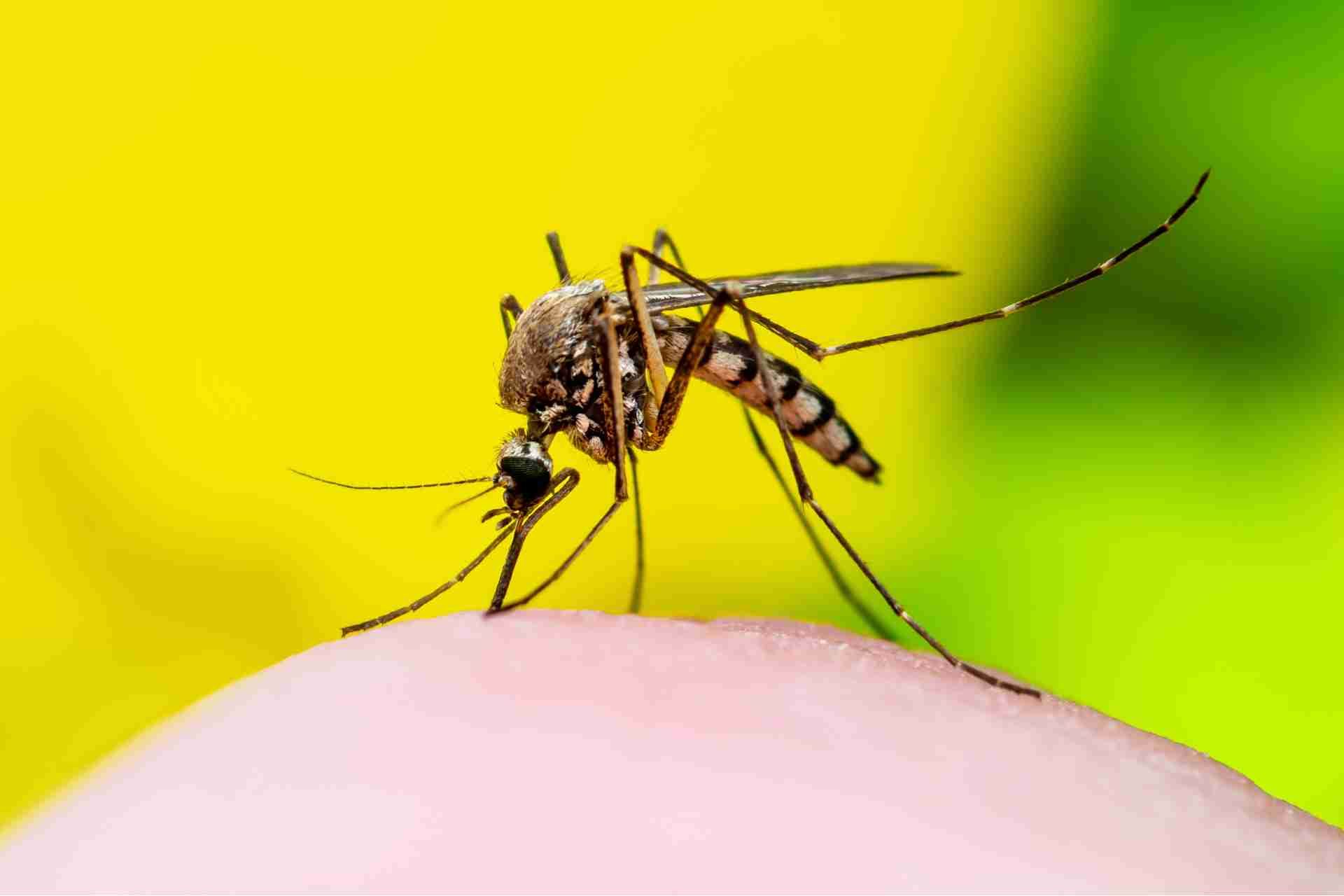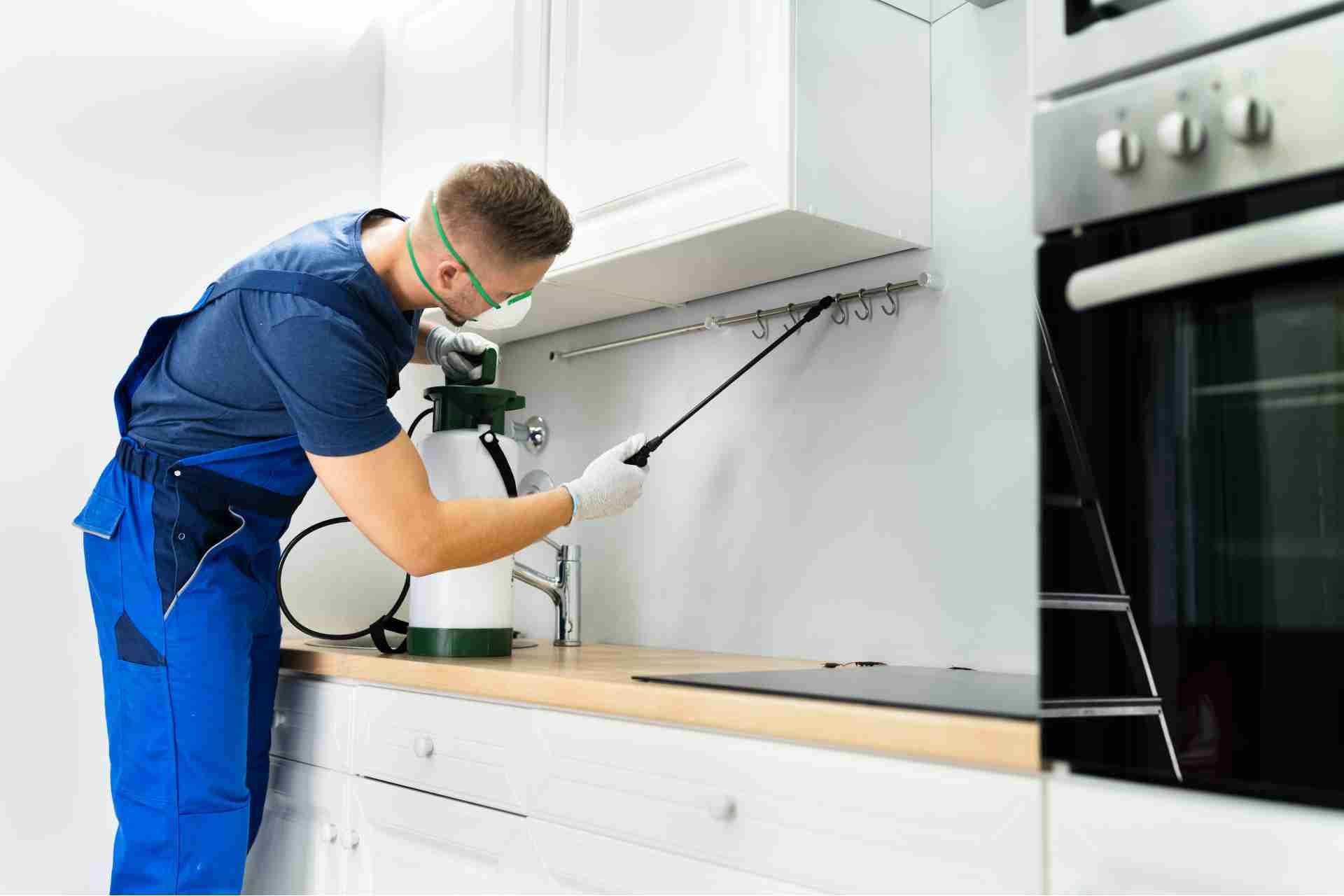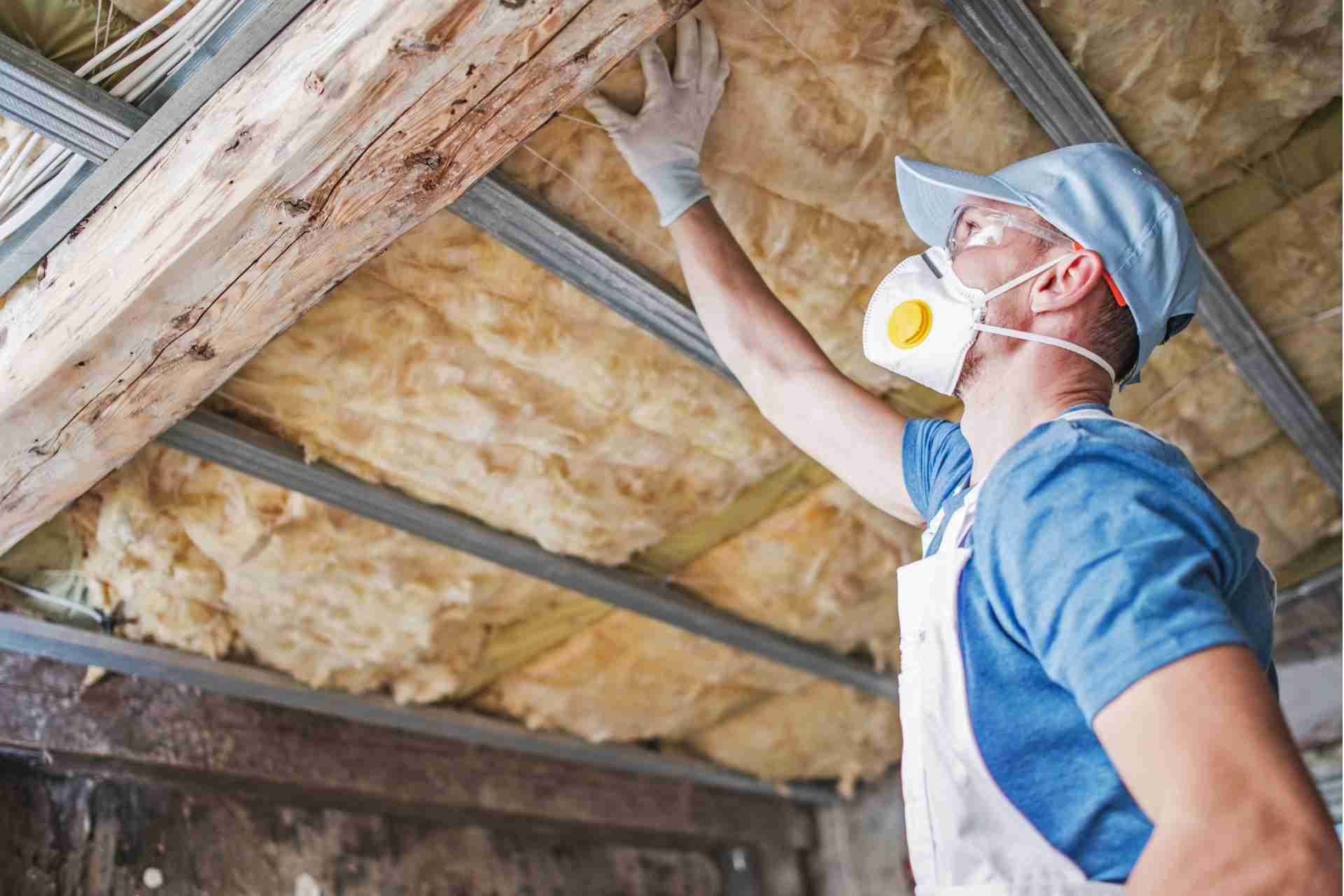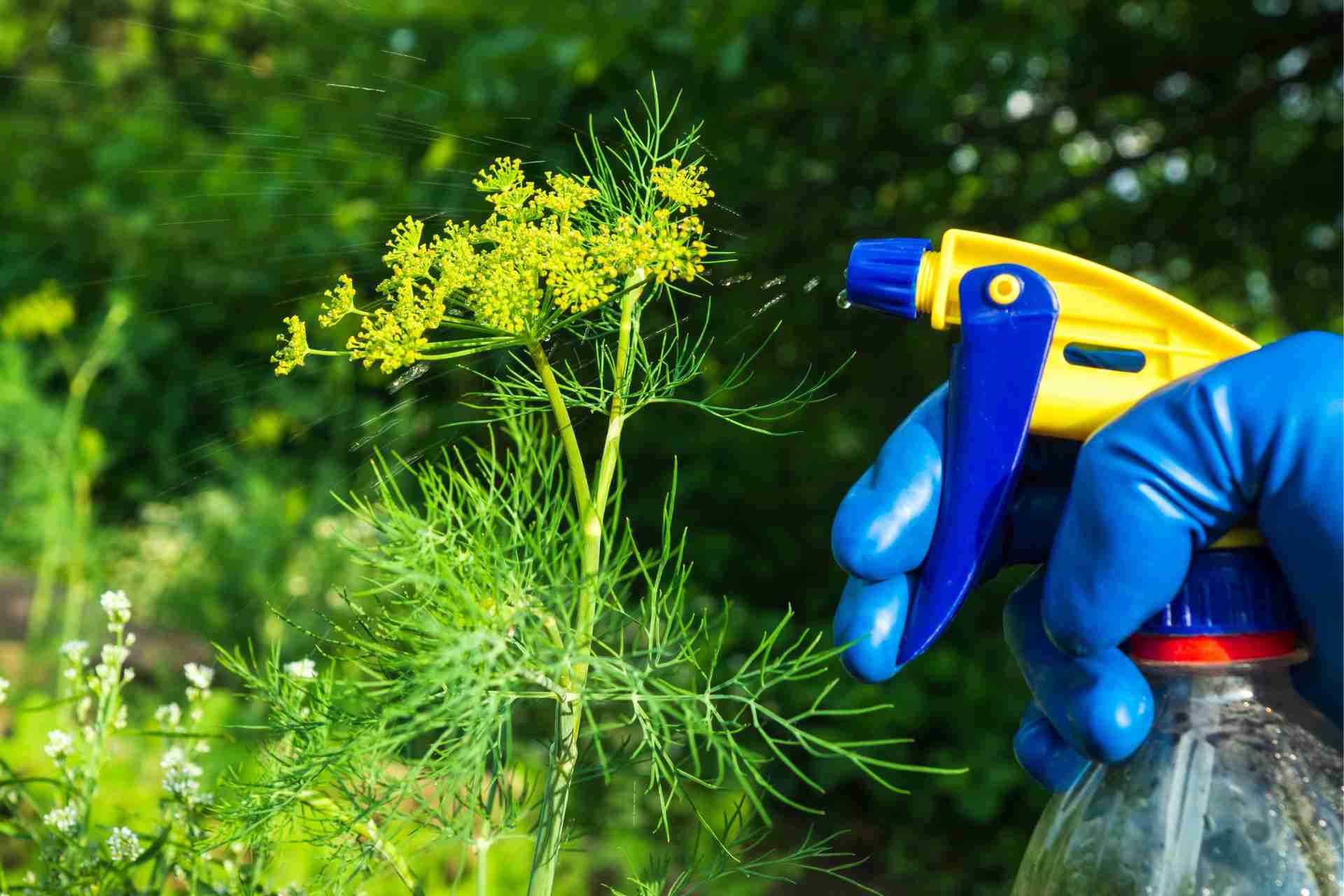What to Do After a Pest Infestation
After dealing with a pest infestation, it’s essential to take swift action to prevent them from returning. You'll want to start by identifying the type of pest and assessing the extent of the issue. This understanding will guide your next steps. But cleaning and sanitizing your space is just the beginning. There are other crucial measures you need to consider to ensure your home remains pest-free. What should you do next?
Identify the Type of Pest
Before you can effectively address a pest infestation, you need to identify the type of pest invading your space. Start by observing their physical characteristics—size, color, and shape can provide valuable clues.
Look for droppings, nests, or signs of damage, as these can help narrow down your options. Take note of their behavior: are they nocturnal, do they swarm, or do they prefer specific areas?
If you’re unsure, consider capturing a sample for identification. Research common pests in your area, or consult local extension services for assistance.
Knowing whether you’re dealing with rodents, insects, or other invaders is crucial, as it determines the appropriate response and treatment methods.
Accurate identification is your first step toward regaining control of your environment.
Assess the Extent of the Infestation
Once you've identified the type of pest, it's crucial to assess the extent of the infestation.
Start by inspecting your home thoroughly. Check common hiding spots like behind appliances, inside cabinets, and under furniture. Look for signs such as droppings, nests, or damage to materials. Take note of how many pests you see and their locations. This’ll help you understand if it’s a small issue or a widespread problem.
Don’t forget to examine the exterior of your property, as pests often enter from outside. Document your findings, as this information will be invaluable for deciding on the best course of action. Knowing the severity of the infestation will aid in planning your next steps effectively.
Take Immediate Action
After assessing the extent of the infestation, it's time to take immediate action to mitigate the problem.
First, identify the pests and their entry points, as this will help you target your efforts effectively. Seal any cracks or openings in walls, windows, and doors to prevent further access.
Next, remove any food sources by storing items in airtight containers and cleaning up spills promptly. If the infestation is severe, consider using traps or pesticides designed for the specific pests. Always follow the manufacturer's instructions for safety.
Lastly, don’t hesitate to call a professional pest control service if you feel overwhelmed or the problem persists. Quick action can make a significant difference in regaining control of your space.
Clean and Sanitize Affected Areas
Cleaning and sanitizing affected areas is vital to eliminating any lingering pests and preventing future infestations.
Start by removing any food sources, such as crumbs and spills, that may attract pests. Vacuum thoroughly, paying special attention to corners, cracks, and crevices.
Wash all surfaces using a mixture of hot water and detergent, followed by a disinfectant to kill any remaining bacteria or pest eggs. Don’t forget to clean textiles like curtains and upholstery, as pests can hide there too.
After cleaning, ensure proper ventilation to help dry the area and reduce moisture, which can attract more pests.
Regularly inspect and maintain cleanliness to create an unwelcoming environment for pests in the future.
Consider DIY Solutions vs. Professional Help
How do you decide between tackling a pest problem yourself or calling in the pros? First, assess the severity of the infestation. If it’s minor, you might handle it with DIY methods like traps or natural repellents.
Check online resources for effective solutions tailored to your specific pest issue.
However, if the infestation is extensive or poses health risks, it’s wise to call professionals. They've the expertise, appropriate tools, and access to stronger treatments that aren’t available over the counter.
Consider your comfort level and the time you can dedicate to the task. Ultimately, weigh the potential costs of DIY solutions against hiring experts to ensure your home is pest-free and safe.
Implement Preventative Measures
Once you’ve tackled the immediate pest problem, it’s time to focus on preventing future infestations. Start by sealing cracks and crevices around your home—pests find these tiny openings irresistible.
Keep your space clean; regularly vacuum and wipe down surfaces to eliminate food sources. Store food in airtight containers and promptly dispose of garbage.
It’s also wise to maintain your yard; trim overgrown plants and remove standing water to deter pests. Consider using natural repellents or installing screens on windows and doors.
Regularly inspect your home for signs of pest activity, and don’t hesitate to reach out to a professional for ongoing advice.
Conclusion
After addressing a pest infestation, it's essential to stay proactive. Identify the type of pest and assess the situation to determine your next steps. Clean thoroughly, seal entry points, and consider both DIY solutions and professional assistance if needed. Don’t forget to implement preventative measures, like using airtight containers and maintaining a regular cleaning schedule. By taking these actions, you’ll not only eliminate the current problem but also reduce the risk of future infestations.

